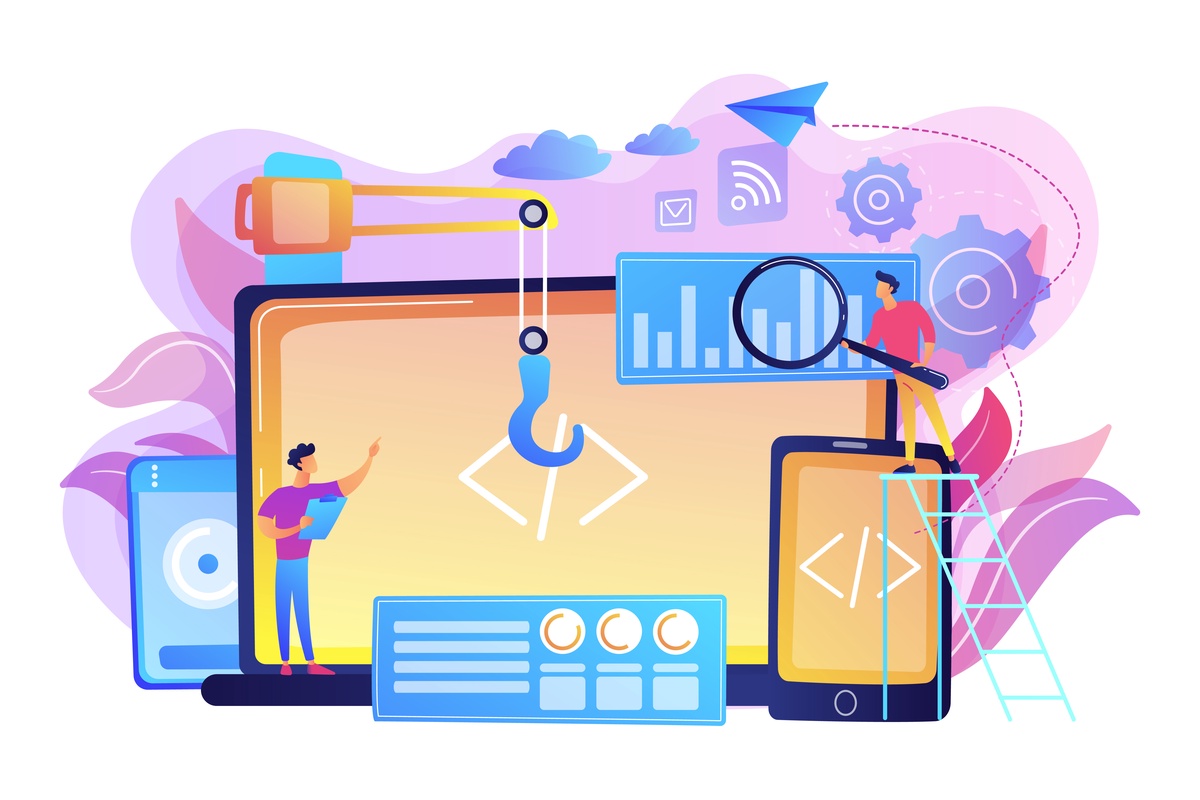Full-stack development has become a crucial aspect of modern software development, encompassing both front-end and back-end technologies. As technology continues to advance, the future of full-stack development is evolving rapidly, with new trends and technologies shaping the landscape. In this article, we will explore the key trends to watch in the future of full-stack development.
Evolution of Full-Stack
Full-stack development has undergone significant evolution over the years. From the early days of static websites to the dynamic web applications of today, full-stack developers have adapted to new technologies and frameworks. The emergence of JavaScript as a dominant language in both front-end and back-end development has revolutionized the field, enabling developers to build more complex and interactive applications.
Current Trends
In the current landscape of full-stack development, several trends are dominating the industry. Technologies like React, Angular, and Vue.js have become popular choices for front-end development, while Node.js and Django are widely used for back-end development. Additionally, the adoption of microservices architecture and containerization has enabled developers to build scalable and resilient applications.
Future Trends
Looking ahead, several trends are poised to shape the future of full-stack development. One of the most significant trends is the integration of AI and machine learning into full-stack development. AI-powered tools and libraries are making it easier for developers to build intelligent applications that can adapt to user behavior and preferences.
AI and Machine Learning
AI and machine learning are revolutionizing full-stack development by enabling developers to create smarter and more efficient applications. From chatbots to recommendation systems, AI is transforming how applications are built and deployed.
Serverless Architecture
Serverless architecture is another trend that is gaining traction in full-stack development. By abstracting away the underlying infrastructure, serverless allows developers to focus on writing code without having to worry about managing servers. This approach offers greater scalability and cost-efficiency, making it an attractive option for many developers.
Progressive Web Apps
Progressive web apps (PWAs) are a new approach to building web applications that offer a native app-like experience. By leveraging modern web technologies, PWAs can deliver fast, reliable, and engaging user experiences across different devices and platforms.
IoT and Full-Stack
The Internet of Things (IoT) is opening up new possibilities for full-stack development. With the proliferation of connected devices, developers are increasingly required to build applications that can interact with the physical world. Full-stack developers with expertise in IoT technologies are in high demand as companies look to capitalize on the opportunities presented by IoT.
Blockchain Technology
Blockchain technology is another trend that is poised to impact full-stack development. With its decentralized and secure nature, blockchain has the potential to revolutionize how applications are built and deployed. Developers with expertise in blockchain technologies are likely to be in high demand as the technology continues to mature.
AR/VR in Full-Stack
Augmented reality (AR) and virtual reality (VR) are poised to play a significant role in the future of full-stack development. These technologies offer new ways to interact with digital content, opening up new possibilities for applications in fields such as gaming, education, and healthcare.
Conclusion
In conclusion, the future of full-stack development is bright and full of exciting possibilities. As technology continues to evolve, developers will need to stay abreast of the latest trends and technologies to remain competitive in the field. By embracing emerging trends like AI, serverless architecture, and IoT, developers can unlock new opportunities and build innovative applications that push the boundaries of what is possible.
FAQs
- What is full-stack development?
- Full-stack development refers to the practice of developing both the front-end and back-end components of a web application.
- What technologies are commonly used in full-stack development?
- Common technologies used in full-stack development include JavaScript, React, Angular, Node.js, and Django.
- How is AI impacting full-stack development?
- AI is enabling developers to build smarter and more efficient applications that can adapt to user behavior and preferences.
- What is serverless architecture?
- Serverless architecture abstracts away the underlying infrastructure, allowing developers to focus on writing code without managing servers.
- How are AR and VR influencing full-stack development?
- AR and VR are opening up new possibilities for full-stack development by offering new ways to interact with digital content.


No comments yet